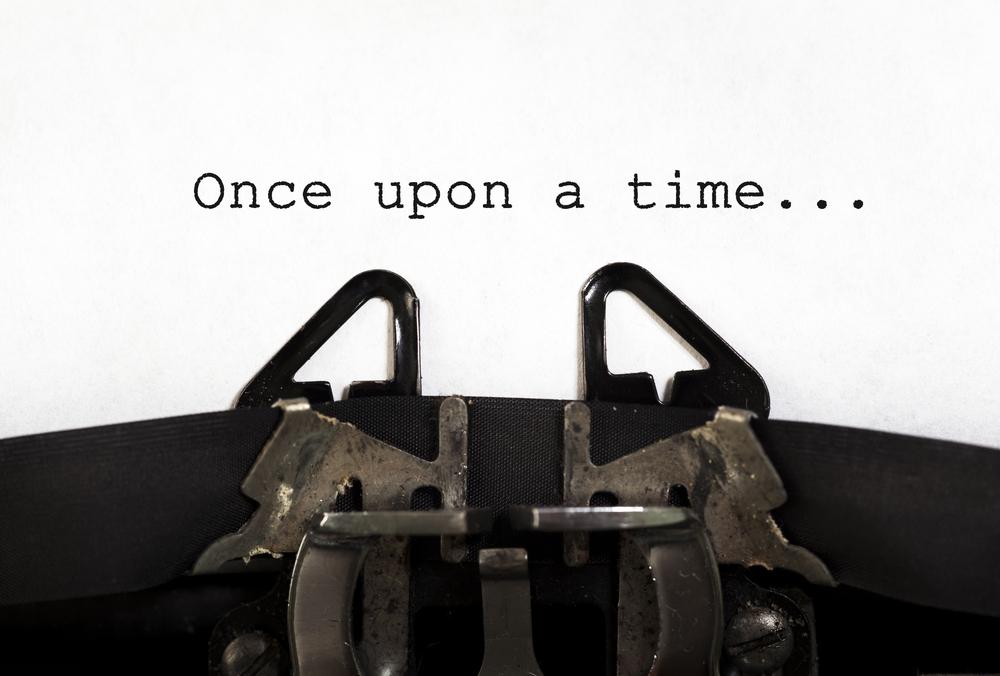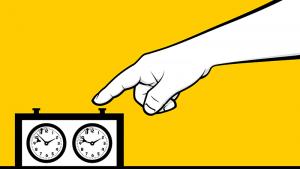
3 Fun Chess Stories
Elon Musk is an otherworldly individual. At 44 years old, he is a multi-billionaire, the founder of several successful companies, and the current CEO and product architect of a rather prominent outfit known as Tesla Motors. He is a skilled businessman, yes, but he is also a tireless innovator whose fingerprints are on several of the greatest technological advances in modern times.
Yet Elon Musk's success can hardly be ascribed to natural intelligence alone. Perhaps he is a born genius, but he activates this genius through a work ethic of mythical proportions. Do a Google search of "Elon Musk work ethic," and you will find that almost all of his coworkers, family, and acquaintances are blown away by his drive and capacity to put work above everything else.
Unsurprisingly, in a Reddit AMA (ask me anything) from 10 months ago, Musk revealed that he sleeps "almost exactly 6 hours on average." Go figure.

A combination of talent and hard work is a recipe for success not only in real life, but on the chessboard as well. Indeed, many of today's elite players share Elon Musk's work ethic to some degree.
However, I believe that an occasional procrastination break does not hurt! Sometimes, we want little more than to sit back and entertain ourselves without doing something mentally taxing, and — as much as Elon Musk would disapprove — it is not a crime to indulge our lazy side once in a while.

Today, I would like to take a short break from the usual theme of this column, and share three of the funniest, craziest, and most outlandish episodes that I have experienced so far in my chess career.
Make no mistake: this article will not contain a great deal of instructional value, but I hope that you will enjoy it nonetheless. As Professor Randy Pausch quipped in his famous Last Lecture, "never, ever underestimate the importance of having fun!"
The Shkolya Method
When I was around seven years old, my first coach imbued me with an appreciation for the psychological side of chess. "Chess is played on and off the board," he would sagely proclaim, words that made little sense to me then, but that ring true many years later. To support his point, he told me the story of a Ukrainian master named Shkolya. Mr. Shkolya was a skilled player, but he supplemented his strength through a little psychological trick that was singlehandedly responsible for many of his victories.
The trick went like this. Whenever Shkolya set a trap or threatened his opponent's piece, he would intently focus his eyes on a square on the opposite flank. His surprised opponent would inevitably follow suit, and spend a long time trying to figure out what Shkolya was so concerned about. Having found nothing, he will forget all about checking for traps or threats, and will nonchalantly make the most natural move. Flushed with the success of his ploy, Shkolya would exploit his opponent's negligence and win the game.
For the longest time, I did not really believe in the efficacy of this so-called trick. Besides, I thought to myself, the story is probably apocryphal anyway. But several years later, curiosity got the better of me and I to test the vaunted Shkolya method in a real game. Just watch what happened!
To be sure, the ethical side of the Shkolya method is somewhat questionable, but desperate situations call for desperate measures. Perhaps the story was not apocryphal after all, and perhaps you can prove Shkolya's worth in one of your games.
Blunder of the Century
My fifth-round game at the 2008 National Open was a crazy affair indeed. Facing seasoned master Kenneth Wallach, I went for the throat straight out of the opening, sacrificing one piece after another in the most unsound attack I have ever conducted. Somehow, the tomfoolery worked: Kenneth failed to exploit several opportunities to consolidate his material advantage, and we eventually reached the following position:
My first reaction was to panic: White is threatening Ng6, and I am all out of meaningful checks. The only way to prevent the knight from wreaking devastation is to somehow take the g6 square under control, but I was having a very difficult time figuring out how to make this happen. Suddenly, after several minutes of full concentration, I saw an idea that would make Tal proud: 37...Qe4+!!!!!!! 38.Kxe4 b1=Q+. Amazing. After the king retreats, the newly-promoted queen will easily deliver perpetual along the first rank. And this is exactly what took place.
After this tremendously lucky escape, I was approached by IM Edward Formanek, who followed the end of the game rather closely. Did you like my ...Qe4?, I asked him. His response took the ego and color right out of my face: But why didn't you just promote immediately [37...b1=Q]?
Through some unfathomable mental blindness, I had simply overlooked that the newly-promoted lady defends the g6 square!! After 38.Ng6+ Qxg6 39.Qxg6 Bxe5, Black is up a piece and will deliver checkmate in a matter of moves. I believe that this is the only time in my chess career when I blundered a full queen. Once again, go figure.
Wrong Move!
In August 2014, I played in the Riga Technical University Open in Riga, Latvia. This annual tournament is one of the best European opens I have taken part in: flawless organization, awesome conditions, wonderful location. Highly recommended!
Anyway, I was chugging along with 4.5/6 when I got paired with the strong Venezuelan GM Eduardo Iturrizaga. The game went quite well, and by move 20 we reached a totally equal endgame:
At this point, I got up to use the restroom, which was a two-minute walk from the top boards. While walking, I began to reflect on the position. Inexplicably, I developed an unshakeable belief that my opponent — true to his positional style — would shift the king from g1 to g2, slightly improving its placement and waiting for Black to show his cards.
Upon coming back to the board, I was met with a pleasant surprise: I was Nostramadus! Iturrizaga had indeed shifted his king from g1 to g2. I replied almost immediately with 22...h5, optimizing my kingside pawn structure and potentially preparing ...Bh6.
A few seconds later, I had an unpleasant thought: wait a moment, didn't the king capture a bishop on g2? Panicked, I checked my scoresheet, and realized, to my horror, that the king had indeed captured on g2 on move 15. The move Iturrizaga had really made was 22.Nb3, threatening to rip apart my central pawns with 23.c5. I do not recall ever feeling this embarassed at the chess oard! My opponent was stunned at my recklessness; who was I to ignore a threat so quickly?
It was only through a stroke of pure luck that I survived this incident unharmed. It transpires that 23.c5 meets with 23...dxc5 24.Nxc5 Bf8, pinning the bishop and forcing White to enter dubious complications with 25.Nxd7 Bxa3. As a consequence, my opponent was forced to settle for the relatively tame 23.h4, and I rectified the situation.
In all honesty, I probably did not deserve to emerge from this snafu unscathed, but I learned my lesson all the same: don't multitask during a bathroom break!
I hope that you enjoyed these little happenings, and I look forward to hearing of your own bizarre chess moments in the comments below  .
.






